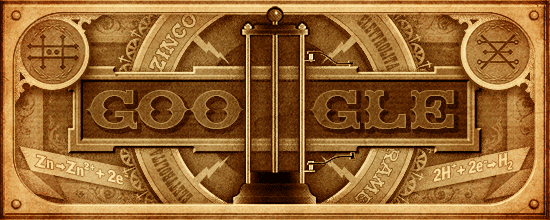Copyright ©
Françoise Herrmann
Cables
begone! Bluetooth® technology is electronic engineering at its best, and Viking
history re-visited on a global level!
Bluetooth® wireless
communication technology, assigned to the Swedish company Ericsson, enables
your Bluetooth®-supported devices to communicate wirelessly and securely with
each other at short distances (< 100 meters or 328 feet).
For example, this
is the technology that enables you to use a router (connected to a modem and
the Internet) and all the Bluetooth®-enabled devices of your home for a wireless
connection to the Internet (via Bluetooth® to the router), including any such
Bluetooth© enabled devices as a computer, a printer, a TV, speakers, a sound
system, a refrigerator, an alarm system, a thermostat and/or a mobile phone.
Bluetooth®
technology is also used for wireless communication of data (music, voice,
photo, video) among billions of other paired Bluetooth® supported products (even
toothbrushes or forks), including medical devices for robotic prostheses and
surgery.
According to one of
the inventors, Jaap Haartsen, the name Bluetooth® is a translated eponym that
refers back to the Scandinavian Vikings, and King Harald I of Denmark whose
epithet was “Blåtand” (blåtand meaning blue-tooth in Old Norse). King Harald I “Blåtand”
Gormsøn was a Danish monarch with a reputation of resorting to diplomacy instead
of the sword, having succeeded in uniting all the tribes of Denmark, and Norway
for a while, during the tenth century AD.
This is also the
reason why the Bluetooth® logo was selected as representing King Harald I “Blåtand”’s
initials inscribed in runic letter symbols. Runic alphabets were used for
Germanic languages, including Old Norse, before the advent of Latin letter
symbols.
Thus, it is in this Viking spirit of peaceful unity that Bluetooth®
technology was named, itself for the purposes of connecting (i.e.; uniting)
disparate devices at short distances, and consequently expanding the potential
of existing means of communication while supplying connection to everyday
objects.
Bluetooth® technology
uses miniaturized radio transmitter technology to exchange data within the un-licensed
Industrial, Scientific and Medical (ISM) frequency
bandwidth at 2.4 to 2.485 GHz. The invention uses the principle of a “spread-spectrum,
full-duplex, frequency-hopping signal”
at the rate of 16,000 hops per second to avoid interference from static and
non-hopping ISM networks such as WIFI in the vicinity of a piconet,
dynamically created when Bluetooth® devices connect. Data is exchanged within a WPAN (Wireless Personal Area Network) also called a piconet or “bubble” at distances shorter
than 100 meters or 328 feet, comprising at least one master device and a
maximum seven actively connected “slaves”.
The
PCT (Patent Cooperation Treaty) patent that recites the Bluetooth® invention, WO9949593 titled A communication device and method for
operation of long-range and short-range radio was awarded in 1999. The
invention includes both hardware and software (i.e.; device and method), as it
includes the radio transmitter and the connection protocol, the finer details of
which are left to electronic engineers to appreciate.
Below,
the Abstract for WO9949593 titled A communication device and method for
operation of long-range and short-range radio, and an EPO YouTube video of
the story of Bluetooth® told by Jaap Hartsen, one of the inventors, are both included.
A short-range radio transmitter of a
communication device comprising a short-range radio and a long-range radio is
controlled to delay packets which are scheduled to be transmitted at the same
time as a long-range transmitter of the long-range radio commences or
discontinues to transmit. A frequency synthesizer of the short-range radio is
thereby not affected by a change in the power supply voltage which otherwise
occurs at these moments due to transmission with high power by the long-range
transmitter. Abstract WO9949593
References
- Ericsson
- How Bluetooth® works (Nov. 5, 2007)
- What is Bluetooth® technology? Learn Bluetooth® basics: http://www.bluetooth.com/Pages/what-is-bluetooth-technology.aspx



















